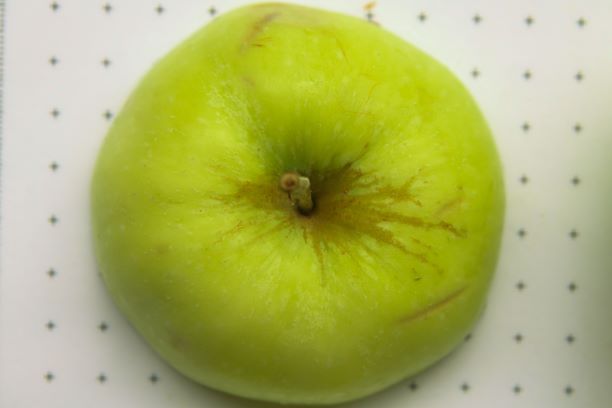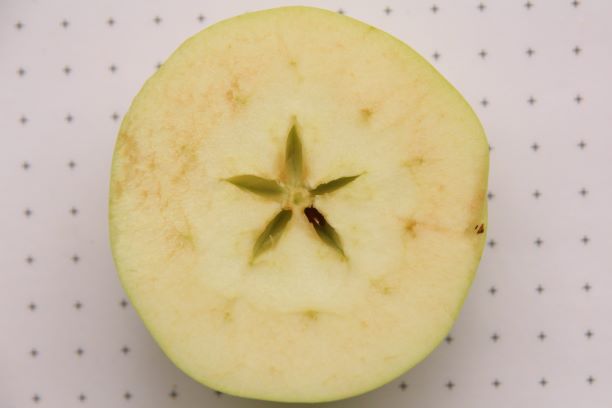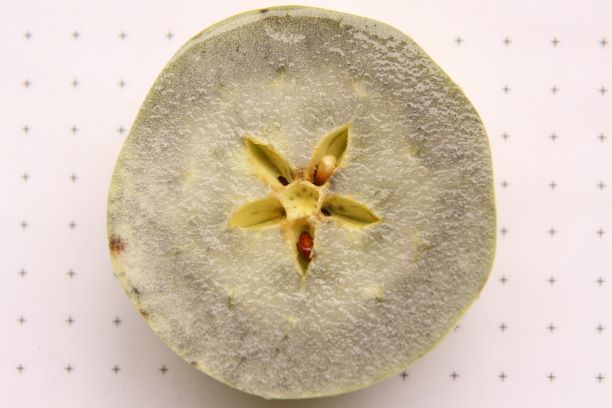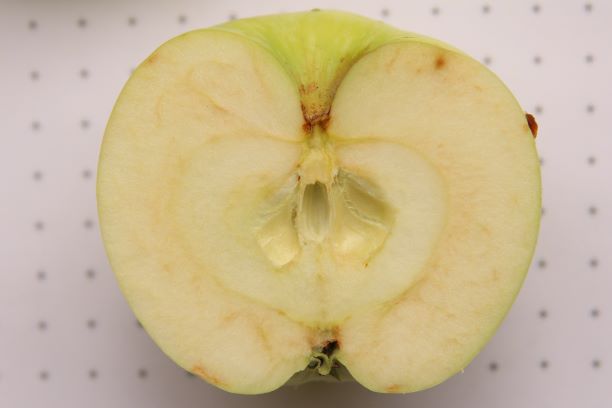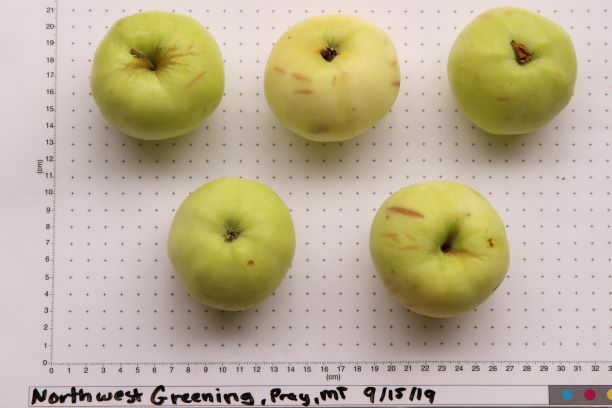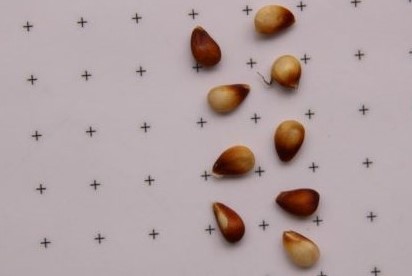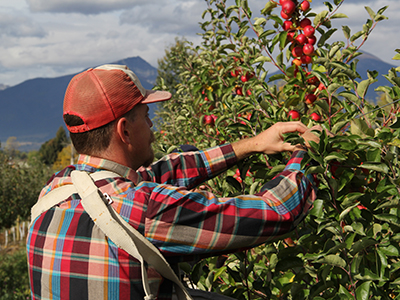Northwest Greening
Fruit Description
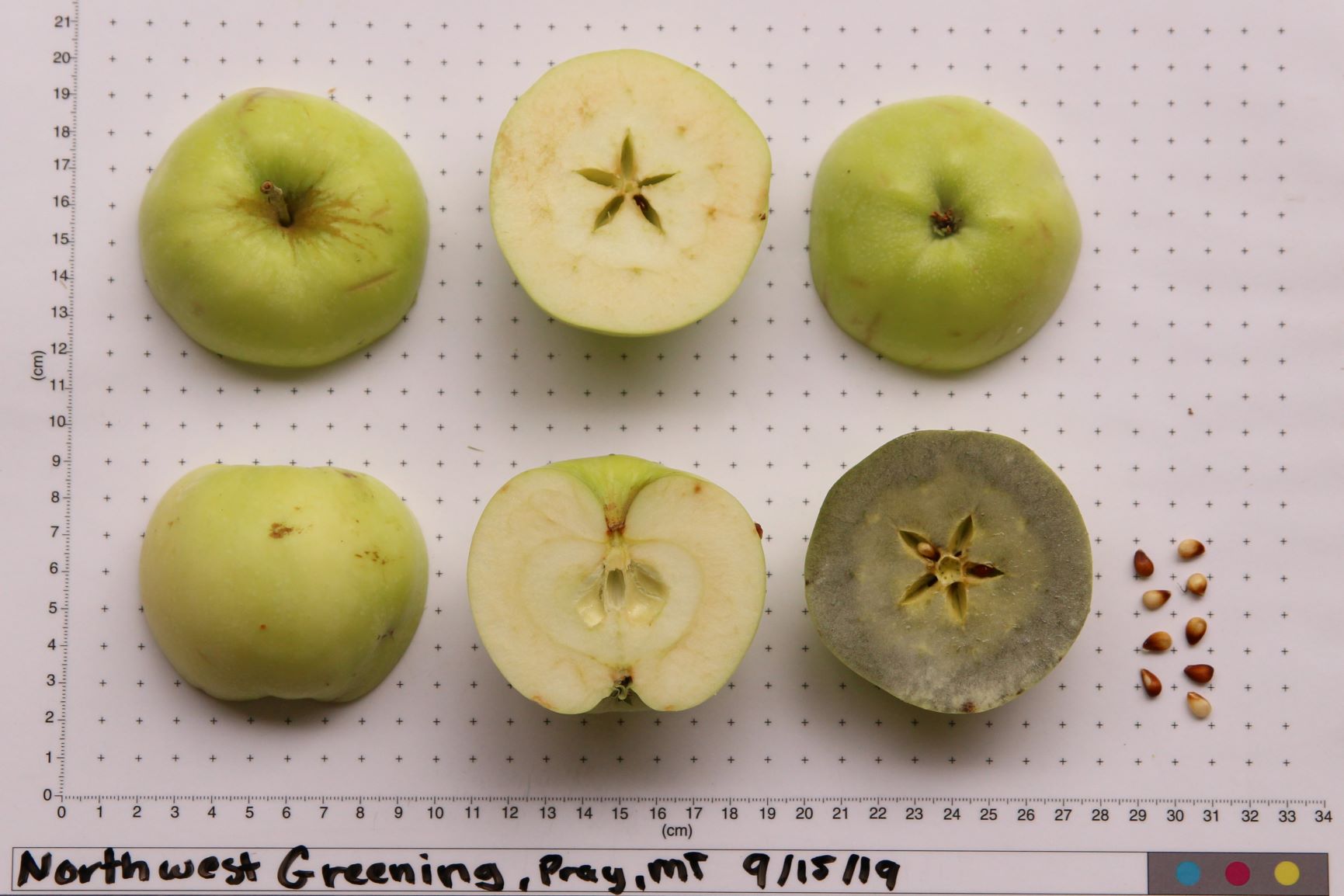
Size: Large to very large.
Shape: Round, round-conic, often irregular or ribbed.
Skin: Pale green to yellow green, occasionally flushed, some russeted dots or white dots.
Stalk (stem) and Cavity: Stem reportedly short, but in Montana specimens long and slender also. Cavity russetted, acute or acuminate deep.
Basin: Abrupt, wrinkled.
Calyx (Eye): Small, open or closed.
Core (Vertical): Calyx tube conical, sometimes urn or funnel shaped, wide. Carpels round, broad, sometimes mucronate. Stamens median. Core median to sessile. Core lines meeting sometimes clasping.
Carpels and Axial Sac (Transverse): Axile closed or partially open. Axial sac medium to large. Carpels medium to wide, convex to point.
Seeds: Small to medium, inconsistent shape.
Flesh: Yellow, firm, crisp, juicy.
Flavor: Subacid, delicate aroma.
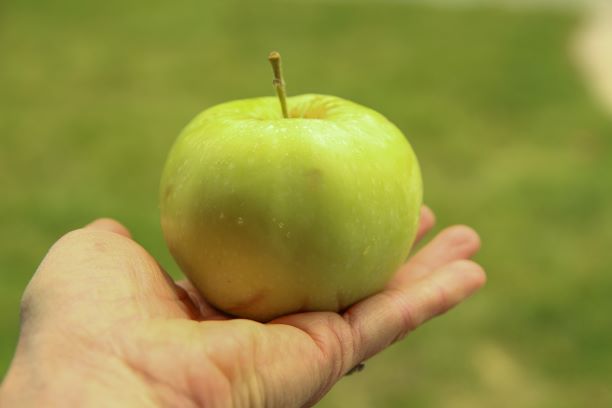
Additional Notes
Synonyms: Nortwestern Greening, Nor-Western Greening, North West Greening
First Recorded: Introduced commerically in 1872, planted by seed in 1849
Origin: Waupaca County, WI
Bloom time: Mid to late
Harvest: Late
Use: Culinary, ok for eating
Storage: Long, may last into spring when properly stored.
Disease: Modertate resistence to fire blight, scab, some susceptibility to juniper apple rust
Tree: Moderately vigorous, extremely cold hardy, upright-spreading. Large terminal buds and numerous lenticels on twigs. Slow to bear.
Parentage: Alexander x Golden Russet
Frequency in Montana Orchards based on DNA testing: Low, primarily east of the divide
Look alikes: Patten's Greening
History
